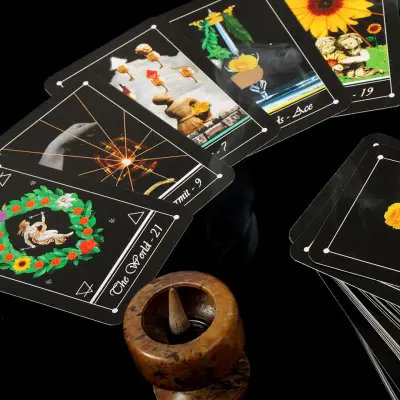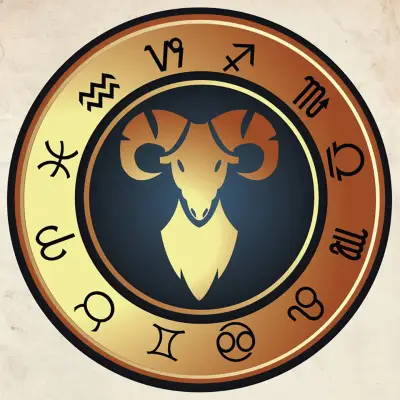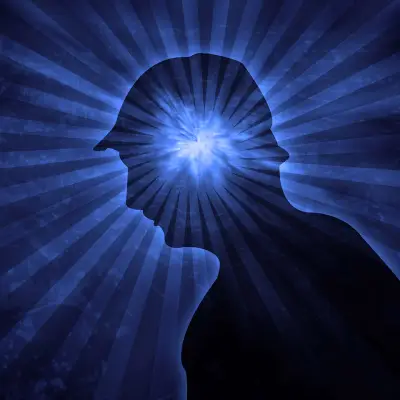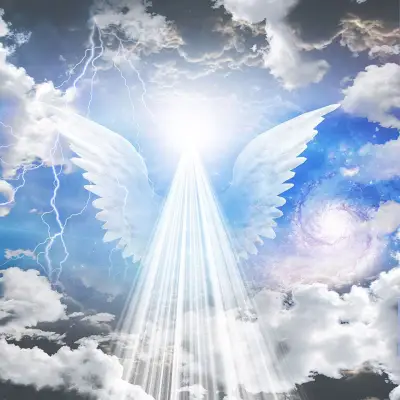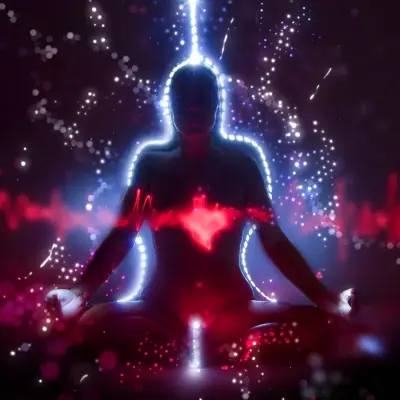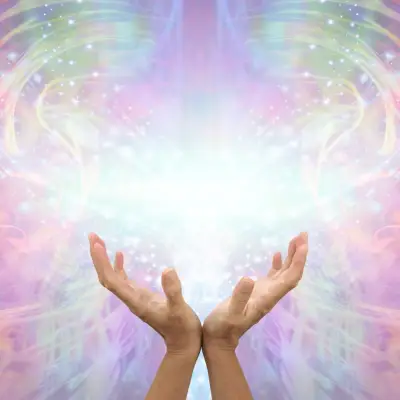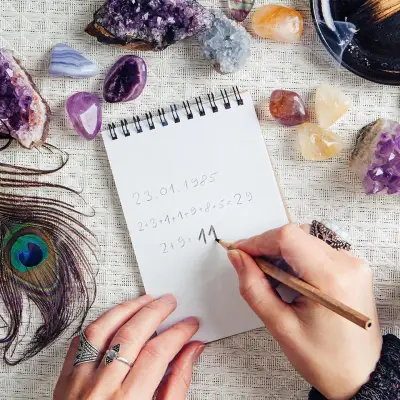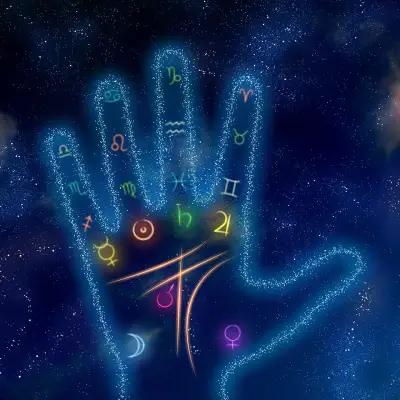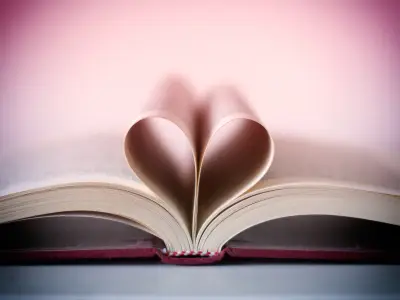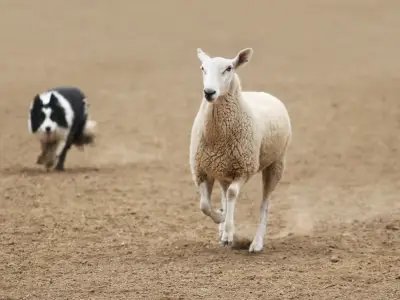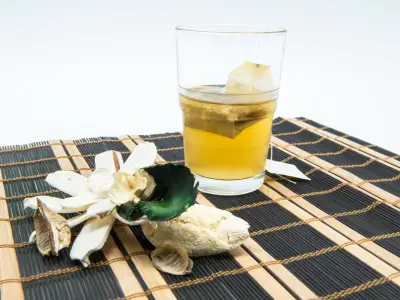Have you ever wondered about the origins of Halloween and where all those mysterious traditions come from? If you’re curious about the roots of this celebration, the Samhain Festival offers a fascinating window into the past. Let's explore the rituals and beliefs of this ancient Celtic holiday, and how it’s evolved into what we know today as Halloween.
Jump to:
Recommended for you!
Best SellersWhat is Samhain?
The word Samhain (pronounced sow-in) originates from Old Irish and means “summer’s end.” It marks the division between the lighter half of the year and the darker half, as well as the end of the harvest season. Celebrated from sunset on October 31st to sunset on November 1st, this pagan holiday holds great spiritual significance. For the ancient Celts, it was a time when the veil between the physical world and the spirit world was believed to be at its thinnest, allowing for communication with ancestors and otherworldly beings.
The Celtic festival of Samhain was central to their calendar, signifying both the start of the new year and a sacred time to honour the dead. But what does it mean to pagans today, and how is it connected to modern Halloween traditions?
A Brief History of the Samhain Festival
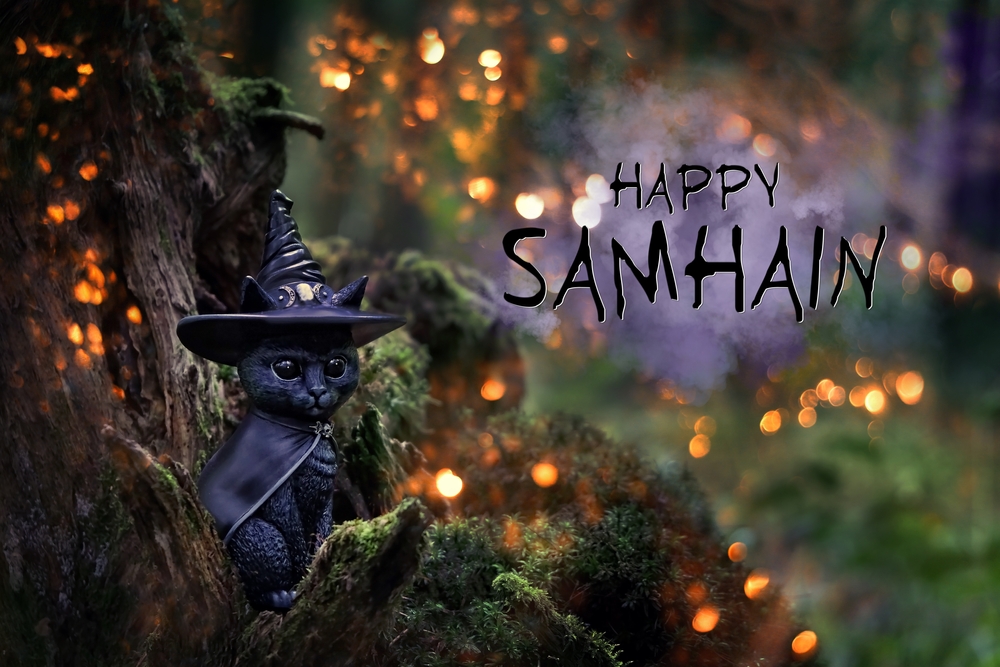
The Samhain festival history dates back thousands of years to the ancient Celts who lived across what is now Ireland, Scotland, and parts of Northern Europe. For these communities, Samhain was a major celebration that involved communal gatherings, ritual ceremonies, and offerings to the gods to ensure a prosperous winter. Bonfires played a significant role, as they were thought to ward off evil spirits and bring light to the darkening days.
In those times, people believed that evil spirits, fairies, and demons roamed freely during Samhain. To protect themselves, villagers would light huge bonfires and don costumes to disguise themselves from these wandering entities—a custom that evolved into the costume-wearing tradition we see during modern Halloween.
Samhain Pagan Rituals and Practices
Samhain paganism is rich with rituals and customs, many of which have been passed down through generations. One of the most prominent practices is lighting bonfires on hilltops to cleanse and protect. In ancient times, families would let their hearth fires die out and then relight them using the flames from a communal bonfire, symbolising unity and protection for the coming year.
Another popular ritual involves setting a place at the dinner table for deceased loved ones, welcoming them back for the evening. This Samhain Irish tradition reflects the strong belief in the presence of spirits during this time. People would also carve turnips and place candles inside to ward off harmful spirits, a practice that later influenced the creation of jack-o'-lanterns.
Divination and fortune-telling were also integral parts of the celebration. The Celts would use various methods, such as scrying (a form of crystal gazing), to gain insight into the future.
Today, many modern pagans and Wiccans continue these practices, honouring Samhain as a spiritual occasion to reflect on the past year and set intentions for the year to come.
The Gods and Goddesses of Samhain
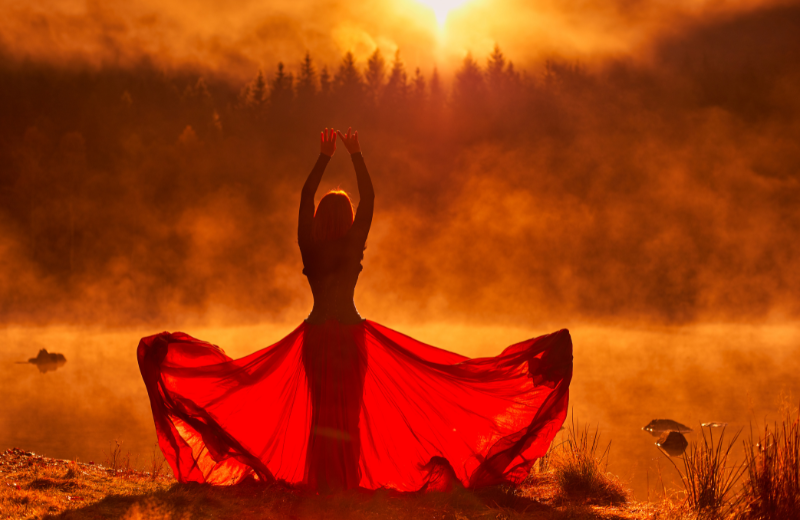
While Samhain doesn’t have a single patron god, several Celtic deities are honoured during this time. The Morrigan, a powerful goddess of war, fate, and death, is one of the most venerated figures. Her presence reminds us of the cyclical nature of life and the inevitable approach of winter. Another deity commonly acknowledged is Cailleach, the crone goddess of winter, who embodies the harsh but necessary cold season.
Samhain is also seen as a time to connect with ancestors, so rituals may include offerings to family members who have passed on. These acts are done in reverence, ensuring that their spirits are at peace and continue to watch over the living.
How Samhain Evolved into Halloween
You might be wondering, What is the difference between Halloween and Samhain? While Halloween and Samhain share many similarities, they are rooted in distinct traditions. Samhain is a spiritual celebration with deep cultural and religious significance for pagans, while Halloween, as we know it, has been shaped by Christian influences and commercialisation.
When Christianity spread through the Celtic regions, the church sought to replace pagan holidays with Christian observances. Thus, Samhain gradually transformed into All Saints’ Day (November 1st) and All Hallows’ Eve (October 31st), which later became Halloween. Despite these changes, many of the festival’s original elements, such as costumes and bonfires, remain.
Symbols of Samhain
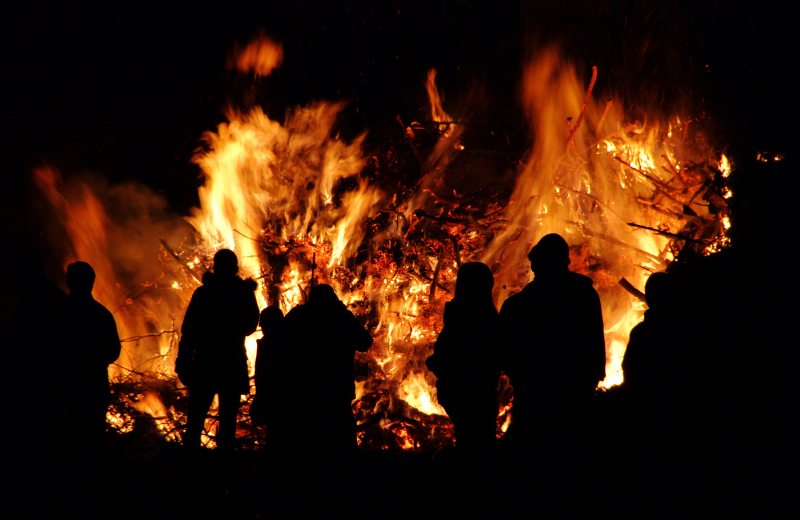
Samhain is rich in symbols that reflect the spirit of this ancient festival. Here are some key elements you can associate with Samhain:
- Bonfires: Large communal fires are lit for protection and to ward off evil spirits. They symbolise cleansing and unity.
- Jack-o'-Lanterns: Originally carved from turnips, they were placed outside homes to scare away evil spirits.
- Black Cats: Seen as protectors and symbols of the mysterious and magical, they are closely associated with witches and the spirit world.
- Cauldrons: Represent transformation and the cycle of life, connected to Celtic goddesses like Cerridwen.
- Harvest Symbols: Items like corn, apples, and gourds signify the final harvest and the coming of the dark half of the year.
Samhain Foods
Feasting is an important part of Samhain, honouring the season's final harvest. Here are some traditional dishes:
- Apples: Used in rituals and for games like apple bobbing, symbolising knowledge and the connection to the otherworld.
- Turnips and Root Vegetables: Staples of the harvest, these vegetables are cooked in hearty meals to celebrate abundance.
- Colcannon: A traditional Irish dish of mashed potatoes mixed with kale or cabbage, symbolising nourishment and prosperity.
- Barmbrack: A fruitcake that contains hidden charms, used for fortune-telling games to predict the future year.
Colours of Samhain
- Black: Associated with death, the afterlife, and the thinning veil between worlds.
- Orange: Represents the warmth of fire and the abundance of the harvest.
Misunderstandings and Myths about Samhain
Samhain has often been misunderstood, especially in relation to its spiritual and cultural practices. People sometimes ask, Is Samhain evil? or What is the demon of Samhain? It’s important to clarify that Samhain has no association with demons or evil forces. These ideas stem from misunderstandings and centuries of misrepresentation.
Samhain is also commonly associated with Wiccan Halloween practices. Many Wiccans view it as the witches’ new year, a time to let go of the past and welcome new beginnings. It’s a night of magic, introspection, and spiritual awareness, rather than something sinister or dangerous.
Recommended for you!
Best SellersSamhain in Modern Paganism
Today, modern pagans and Wiccans observe Samhain in various ways, blending traditional practices with personal rituals. These celebrations might include nature walks, creating altars for deceased loved ones, or performing rituals under the moonlight. The emphasis remains on connecting with the natural world and spiritual reflection.
Celebrating Samhain Today
Wondering what’s done during Samhain today? Modern celebrations vary widely. You might find gatherings in forests, where people drum and dance around bonfires, or quiet household rituals involving candlelit altars adorned with photos of loved ones. Some pagans prefer solitary rituals, while others enjoy the sense of community that comes with shared ceremonies.
The time of year is significant, as it’s a point when people feel nature’s transition most keenly. In this way, Samhain acts as a spiritual marker, preparing us for the introspective months of winter.
Study Paganism for £29
If you’re intrigued by pagan rituals and want to learn more about this fascinating spiritual journey, consider the Paganism Diploma Course from Centre of Excellence. This course offers an in-depth exploration of Wiccan beliefs, practices, and symbols, guiding you on a path of personal growth and understanding. Enrol today to gain access to the course for a discounted price of £29 and start your journey into the world of Wicca.
